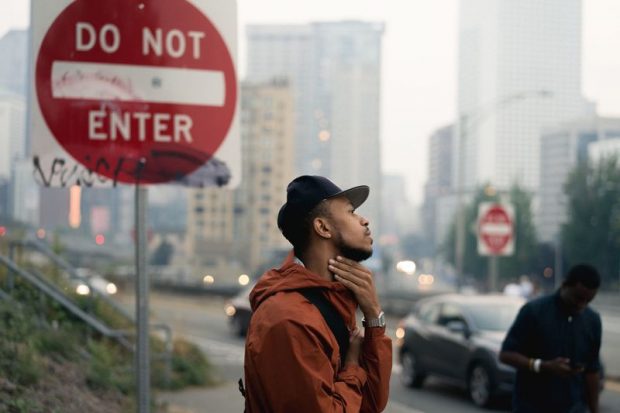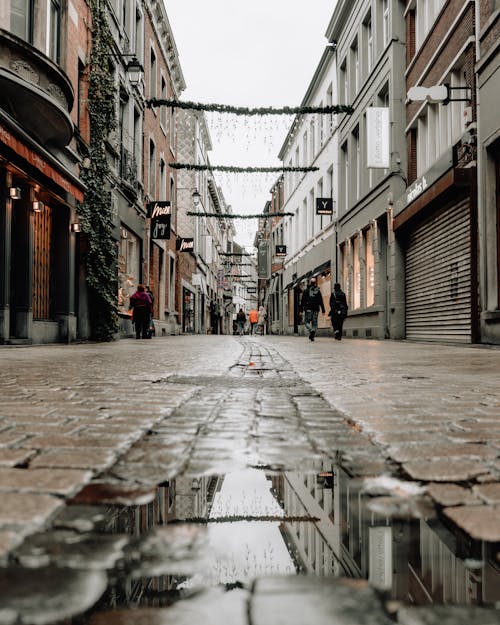Framing Streets - The Facts
Getting The Framing Streets To Work
Table of ContentsIndicators on Framing Streets You Should KnowOur Framing Streets IdeasHow Framing Streets can Save You Time, Stress, and Money.Some Known Facts About Framing Streets.Getting The Framing Streets To WorkThe 45-Second Trick For Framing Streets
, usually with the aim of recording pictures at a decisive or emotional moment by careful framework and timing. https://www.slideshare.net/davidturley33101.
Subsequently his boots and legs were well defined, however he is without body or head, because these were in movement." Charles Ngre, waterseller Charles Ngre. https://www.pubpub.org/user/david-turley was the initial professional photographer to achieve the technological sophistication required to sign up individuals in movement on the street in Paris in 1851. Professional Photographer John Thomson, a Scotsman functioning with reporter and social activist Adolphe Smith, published Road Life in London in twelve month-to-month installments starting in February 1877
More About Framing Streets
Eugene Atget is considered a progenitor, not due to the fact that he was the first of his kind, however as a result of the popularisation in the late 1920s of his record of Parisian streets by Berenice Abbott, who was inspired to carry out a comparable documents of New york city City. [] As the city created, Atget aided to advertise Parisian roads as a worthwhile topic for digital photography.

Some Known Details About Framing Streets
Martin is the very first recorded photographer to do so in London with a masked cam. Mass-Observation was a social research organisation started in 1937 which intended to tape-record day-to-day life in Britain and to tape the responses of the 'man-in-the-street' to King Edward VIII's abdication in 1936 to marry separation Wallis Simpson, and the sequence of George VI. The principal Mass-Observationists were anthropologist Tom Harrisson in Bolton and check this poet Charles Madge in London, and their initial report was created as the book "May the Twelfth: Mass-Observation Day-Surveys 1937 by over 2 hundred viewers" [] Window cleaner at Kottbusser Tor, Berlin, by Elsa Thiemann c. 1946 The post-war French Humanist School photographers found their topics on the street or in the restaurant. In between 1946 and 1957 Le Groupe des XV yearly showed job of this kind. Andre Kertesz. Circus, Budapest, 19 May 1920 Road photography formed the major content of two exhibits at the Gallery of Modern Art (Mo, MA) in New york city curated by Edward Steichen, 5 French Photographers: Brassai; Cartier-Bresson, Doisneau, Ronis, Izis in 1951 to 1952, and Post-war European Digital Photography in 1953, which exported the principle of street digital photography globally.

All about Framing Streets
, then an instructor of young kids, linked with Evans in 193839.'s 1958 publication,, was considerable; raw and often out of emphasis, Frank's pictures examined conventional digital photography of the time, "tested all the formal rules laid down by Henri Cartier-Bresson and Pedestrian Evans" and "flew in the face of the wholesome pictorialism and sincere photojournalism of American publications like LIFE and Time".